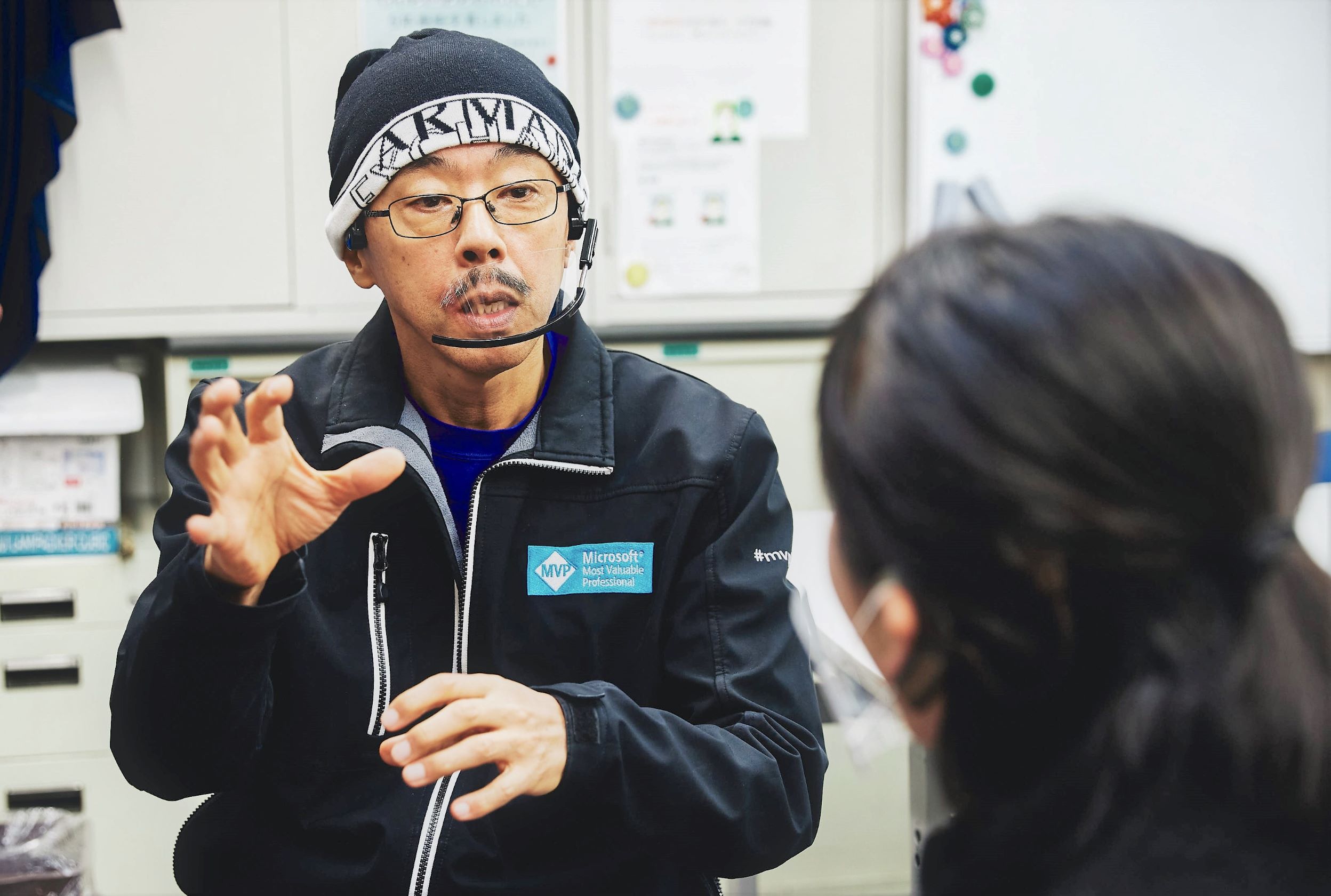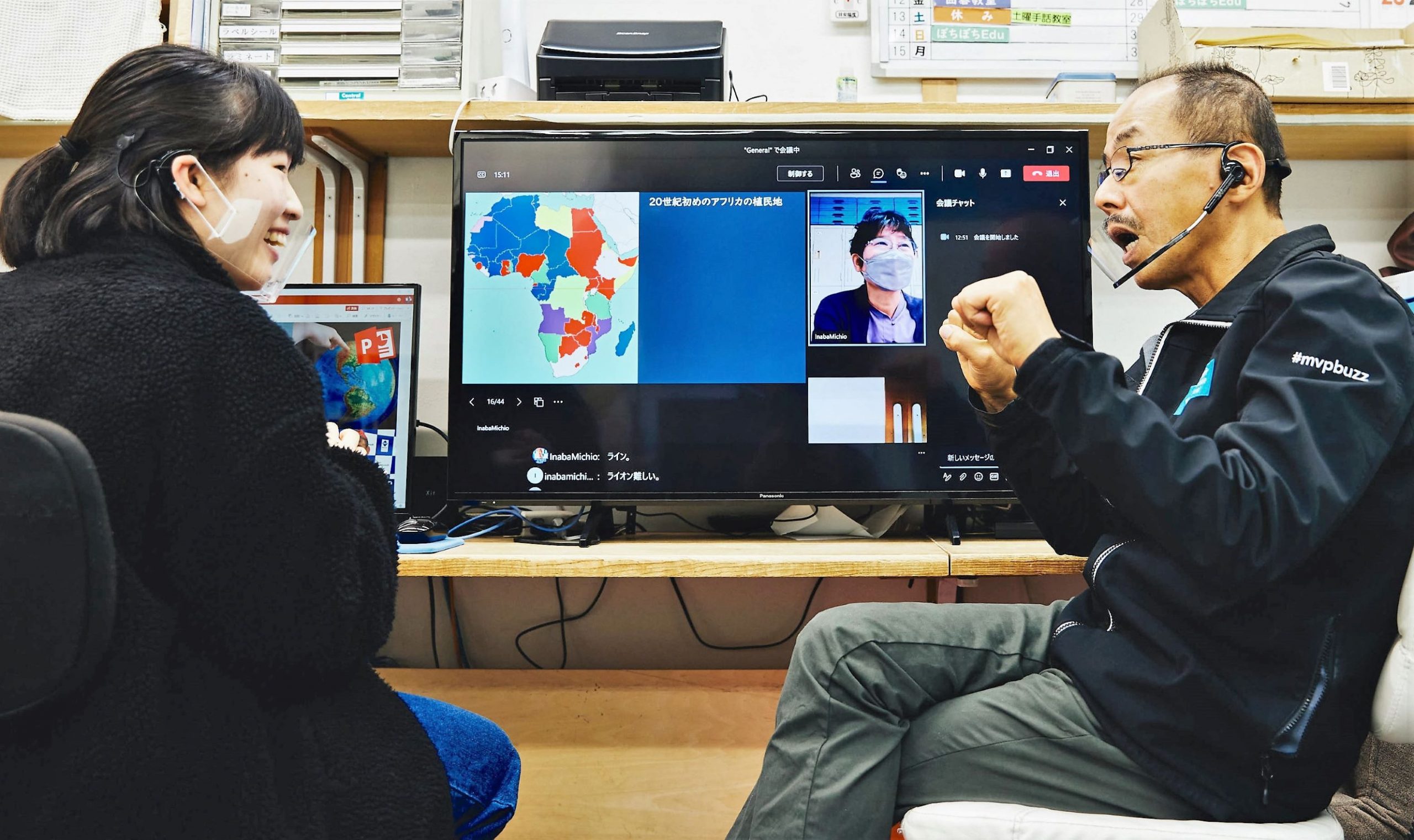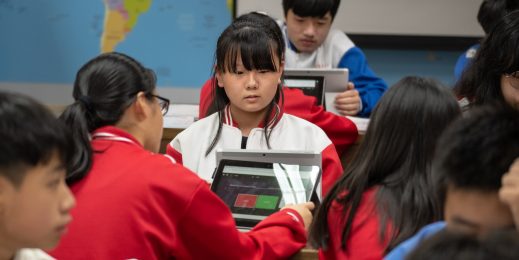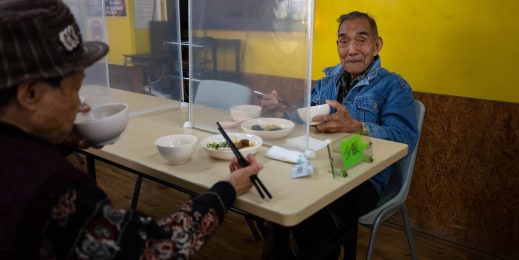
How PowerPoint transformed the life’s work of an educator #IDPD
A teacher who is deaf uses the popular digital tool to empower people with disabilities
Michio Inaba teaches children who are deaf or hard of hearing. He knows what they are experiencing – he lost his hearing in an auto accident when he was six years old.
He identifies with his students in a fundamental way and has made it his life’s work “to create classes that are easier for the kids at my school to understand.”
Now a deputy director at Deaf Support Osaka, a non-profit institution in Japan’s second-largest city, he has produced more than 500 educational videos with a tool that many of us use every day for office work: PowerPoint.
“For me, Microsoft PowerPoint isn’t simply a digital tool, but rather a product that changed my life, and I still love it,” he says.
“I tell my deaf and hard of hearing students that PowerPoint is a tool that allows them to express themselves, converse with each other, and build a rich array of connections with all sorts of people. I often use the catchphrase ‘Passion is power!’ in class, but I’m not talking just about PowerPoint. I tell the kids that being passionate about anything is sure to empower them.”
Inaba has been teaching for about three decades. For the first 20 years, his method was conventional: He used a word processor to prepare his lessons and then he presented them in sign language and on a blackboard in class.
But that changed 10 years ago.
“I was looking around for new teaching methods when, at a seminar that I attended in Tokyo, a presentation made using PowerPoint grabbed my attention,” Inaba says. “The moment I saw it, I knew I had to try it out myself. So, I immediately bought a computer, taught myself PowerPoint’s animation functions and started using them to create some math lessons.
“I made the numbers move when the quantities changed to make such changes visually easy to understand. When I showed my efforts to some of the kids, they really took to it in a big way, and I knew I was onto something.”
Inaba found that he could use PowerPoint to create teaching materials tailored to the capabilities and circumstances of each child.
Watching the children use his materials with such obvious pleasure to develop a deep understanding of the subject matter was a powerful motivator for Inaba.
This approach has been even more valuable during the pandemic when students have had to learn remotely or have hybrid classes.
Inaba shares his materials and knowledge for free with other teachers wanting to create teaching materials of their own. He has also involved himself in community-building activities, spreading the message about the potential of PowerPoint by publishing books and holding seminars for educators.
Inaba is now looking at how he can use other tools. “I hope to combine Microsoft Teams’ live captions function with other features to explore the potential for enabling real-time interaction between people with hearing impairments and those who can hear.”
His activities have won recognition in Microsoft MVP awards in the Office Apps & Services category for six consecutive years since 2016. He has also been recognized as a Microsoft Innovative Educator Fellow (MIE Fellow) – one of only nine in Japan.
Inaba is now exploring how technology can level the playing field for people with disabilities and the ways he can showcase disability as a strength in the community.
“I have long wanted to challenge the convention that people with disabilities generally require the support of people without disabilities,” Inaba says. “Wouldn’t it be equally valid to have people with disabilities supporting those without disabilities?”
All photos by Munehiro Hoashi



















